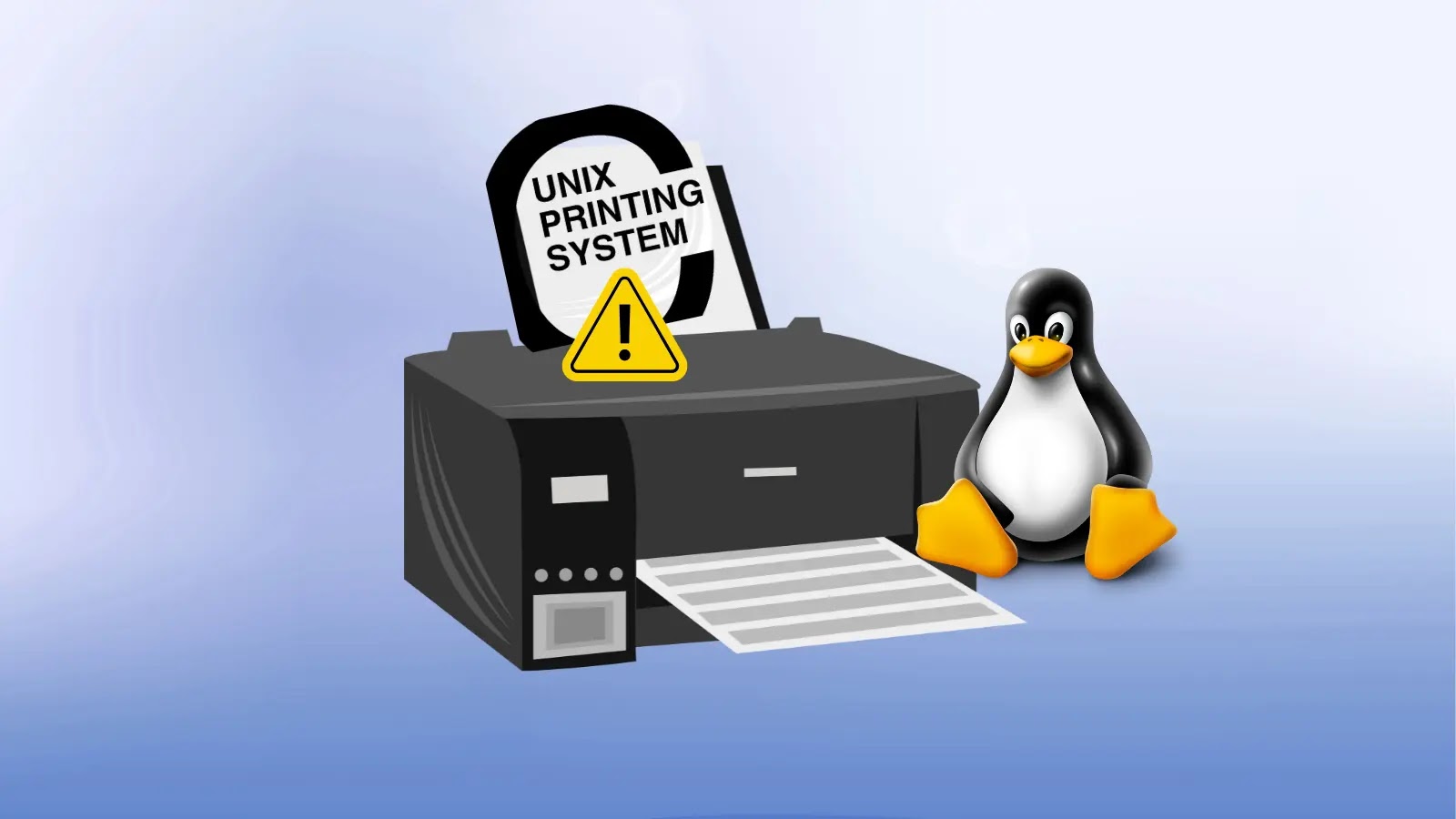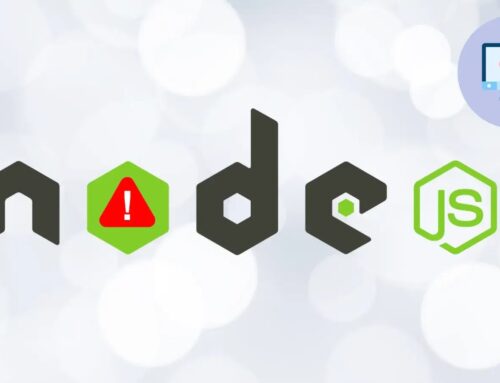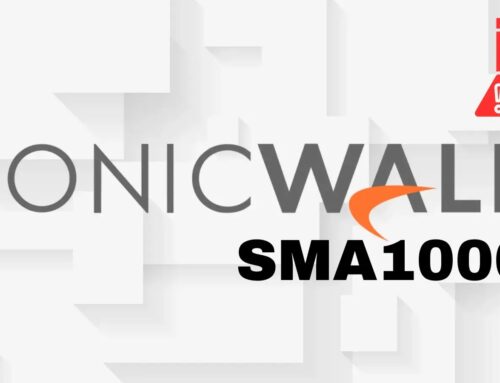
Linux CUPS Vulnerability Let Attackers Remote DoS and Bypass Authentication
The digital landscape is a constant battleground, and even the most foundational systems are not immune to critical vulnerabilities. Recently, two significant flaws were unearthed within the Linux Common Unix Printing System (CUPS), a ubiquitous printing infrastructure relied upon by millions of Linux users and organizations worldwide. These vulnerabilities, tracked as CVE-2025-58364 and CVE-2025-58060, present a severe risk, potentially enabling remote denial-of-service (DoS) attacks and authentication bypasses. Understanding these threats and implementing timely remediation is paramount for maintaining network integrity and data security.
Understanding the CUPS Vulnerabilities
The Common Unix Printing System (CUPS) serves as the backbone for printing services across virtually all Linux distributions. Its pervasive nature means that any fundamental flaw can have widespread implications. The newly discovered vulnerabilities exploit different aspects of CUPS’s operation, leading to distinct but equally critical attack vectors.
Remote Denial-of-Service (CVE-2025-58364)
This vulnerability allows an attacker to remotely trigger a denial-of-service condition within the CUPS service. A successful DoS attack can render the printing system, and potentially other dependent services, inoperable. This can disrupt critical business operations, impact user productivity, and lead to significant financial losses. The precise mechanism of this DoS attack often involves crafted requests that exploit a weakness in CUPS’s handling of certain data, causing it to crash or consume excessive resources. For an organization heavily reliant on printing or print-related services, such an attack can be catastrophic, effectively taking core functionalities offline.
Authentication Bypass (CVE-2025-58060)
The authentication bypass vulnerability is perhaps even more concerning. CVE-2025-58060 allows an unauthorized attacker to circumvent CUPS’s authentication mechanisms. This means an attacker could gain control over print jobs, access sensitive print queues, or even manipulate printer settings without proper credentials. In environments handling confidential documents, this poses a significant risk of data exposure or the printing of malicious content. The ability to bypass authentication can also serve as a stepping stone for further exploitation within a compromised network, allowing attackers to escalate privileges or move laterally.
Impact on Network Security
The combined impact of these CUPS vulnerabilities is substantial. A remote DoS attack can cripple an organization’s ability to print, impacting everything from daily operations to emergency services. The authentication bypass, on the other hand, grants unauthorized access to a critical system, potentially leading to:
- Data Exfiltration: Access to print jobs could allow attackers to view or copy sensitive documents.
- Malware Distribution: An attacker could configure printers to output malicious content or use authenticated access to propagate malware.
- System Misconfiguration: Tampering with printer settings could lead to further security vulnerabilities or operational disruptions.
- Compliance Violations: Unauthorized access and potential data exposure can lead to severe regulatory fines and reputational damage.
Given that CUPS is a core component of Linux systems, these vulnerabilities affect a vast array of devices, from desktops and servers to embedded systems and IoT devices running Linux distributions.
Remediation Actions
Proactive mitigation is crucial to protect against the threats posed by these CUPS vulnerabilities. System administrators and cybersecurity professionals should immediately prioritize the following actions:
- Patching and Updates: Apply the latest security patches and updates released by your Linux distribution vendor. These updates will contain the necessary fixes for CVE-2025-58364 and CVE-2025-58060.
- Network Segmentation: Isolate CUPS servers and printing infrastructure from public-facing networks where possible. Restrict access to only necessary internal systems.
- Firewall Rules: Configure firewalls to limit incoming connections to CUPS services (typically port 631) from trusted sources only. Block access from external networks entirely unless absolutely required.
- Principle of Least Privilege: Ensure that CUPS services and related user accounts operate with the minimum necessary privileges to perform their functions.
- Monitor Logs: Regularly review CUPS access logs and system logs for suspicious activity, failed login attempts, or unusual print job patterns.
- Regular Audits: Conduct periodic security audits of your printing infrastructure to identify and address potential weaknesses.
Detection and Mitigation Tools
Leveraging appropriate tools is vital for identifying vulnerable systems and fortifying defenses against CUPS exploits. The following table outlines relevant tools for detection, scanning, and mitigation:
| Tool Name | Purpose | Link |
|---|---|---|
| Nessus | Vulnerability scanning and identification of vulnerable CUPS installations. | https://www.tenable.com/products/nessus |
| OpenVAS / Greenbone Vulnerability Management | Open-source vulnerability scanner to detect CUPS vulnerabilities. | https://www.greenbone.net/en/community-edition/ |
| Metasploit Framework | Penetration testing framework; may contain modules for CUPS vulnerability exploitation testing (for authorized security assessments only). | https://www.metasploit.com/ |
| Firewall/IDS/IPS Solutions | Network perimeter defense to block malicious traffic targeting CUPS ports. | (Vendor-specific) |
| System Package Managers (APT, YUM, DNF) | Primary tool for applying CUPS security updates and patches. | (Distribution-specific) |
Conclusion
The discovery of CVE-2025-58364 and in Linux CUPS highlights the ongoing need for vigilance in cybersecurity. These critical vulnerabilities expose systems to remote denial-of-service and authentication bypass attacks, threatening operational continuity and data integrity. Immediate action, including applying vendor patches, enforcing robust network segmentation, and diligent monitoring, is essential to mitigate these risks. Maintaining an updated and secure printing infrastructure is not just a best practice; it is a fundamental requirement for protecting an organization’s digital assets.





